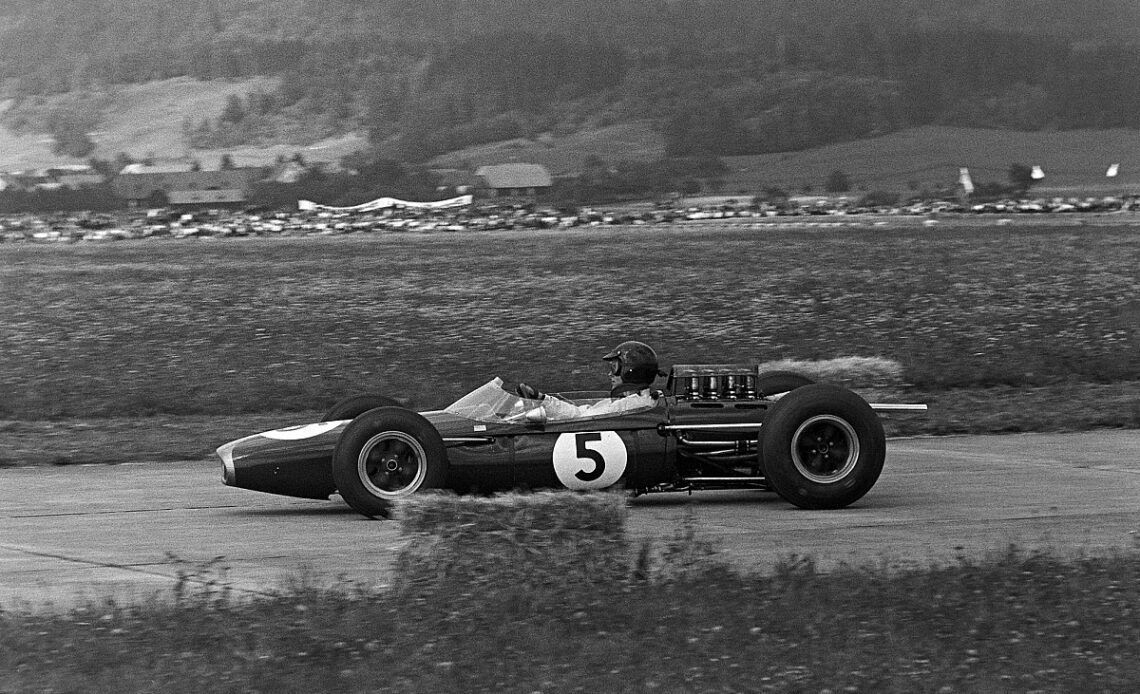The BT3 was genesis, Brabham’s first Formula 1 car. But a delayed birth was compounded by unsteady first steps. After the team was supplied with the wrong exhaust, Ron Tauranac’s design wouldn’t replace the stopgap Lotus 24 as Jack Brabham’s steer until the 1962 German Grand Prix.
Engine failure during practice at the Nurburgring forced the team to fit a make-do-and-mend throttle linkage using borrowed parts from the 24 for the race. The improvised effort was insufficient, and Brabham retired the car from its first outing. A potential dream debut lay in tatters.
PLUS: How Brabham’s history-making F1 odyssey began
Brabham was absent for the next race at Monza, ostensibly due to a disagreement over start money. But in the final two rounds at Watkins Glen and South Africa’s East London circuit, the BT3 racked up a brace of fourth places. The upturn in fortune was followed by Dan Gurney signing with the team for 1963 as it ushered in a new car – the BT7.
A delicate, precise and responsive chassis had to be mated with a more dependable engine. Coventry Climax took the BT3’s 1.5-litre V8 and stripped off the Weber carburettors. Mated to a five-speed Hewland gearbox, the revised fuel-injected unit was capable of 190bhp. With just 475kg to propel, the BT7 had innate pace. Gurney and Brabham taking fifth and seventh respectively in the 1963 standings was proof, delivering the team third place in the constructors’ points.
On paper, the duo looked to have regressed the following season – sixth for Gurney, Brabham tying with Peter Arundell for eighth, and fourth spot for the team overall. But numbers and headlines rarely tell the full story. The 1964 season is most notable for John Surtees becoming the first, and so far only, person to win world titles on both two and four wheels. It also marked Ferrari’s return to form having languished in the doldrums since 1961.
Dig a little deeper, though, and you find that Gurney’s sixth belies a credible claim that he should – or at least could – have taken the crown. With the exception of the United States GP, he either won, led or qualified on the front row for every one of the 10 rounds.
Gurney’s contemporaries, Surtees, Graham Hill, Jim Clark, Richie Ginther and Lorenzo Bandini, were by no means immune to unreliability. But through fault after fault with his Brabham BT7, rather than driver error, 1964 is a story of how Gurney lost out on motorsport’s greatest prize. Gurney failed…
Click Here to Read the Full Original Article at Autosport.com – Formula 1 – Stories…

